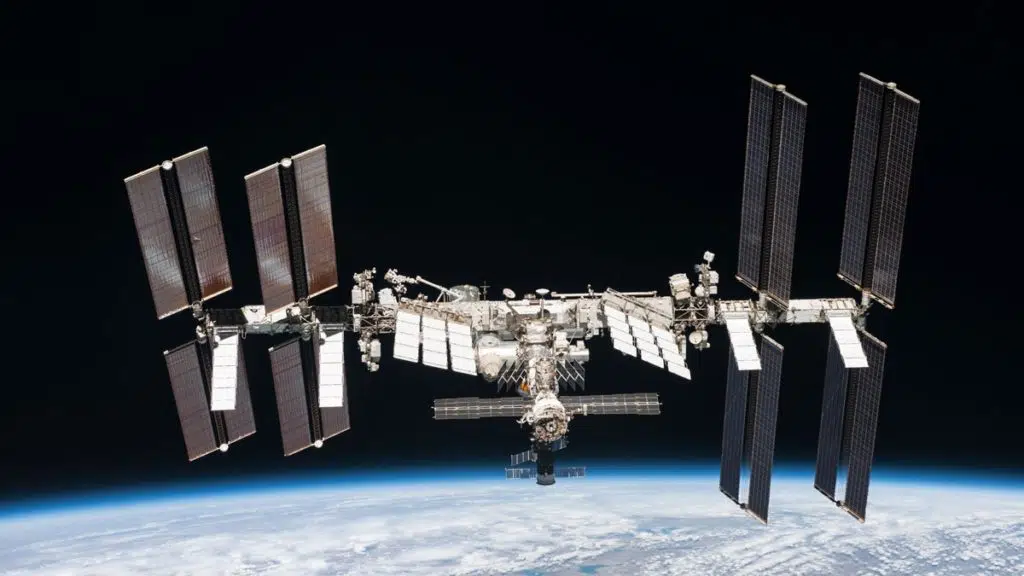
NASA has revealed through a new International Space Station Transition Report that it plans to retire the iconic satellite by 2031 by crashing it into a remote part of the Pacific Ocean known as Point Nemo. Officially known as “the oceanic pole of inaccessibility” and named after one of Twenty Thousand Leagues Under the Seas’ leading characters, Nemo is known for being the point in the ocean that is farthest from land. The International Space Station will be retired within the decade to make way for commercial destinations and markets for what NASA has described as a “thriving space economy.”
NASA Provides Updated International Space Station Transition Plan (NASA)
- […] after performing maneuvers to line up the final target ground track and debris footprint over the South Pacific Oceanic Uninhabited Area (SPOUA), the area around Point Nemo, ISS operators will perform the ISS re-entry burn, providing the final push to lower ISS as much as possible and ensure safe atmospheric entry.
- NASA and its partners have evaluated varying quantities of Russian Progress spacecraft and determined that three can accomplish the de-orbit.
- Additionally, Northrop Grumman has been expanding the propulsion capabilities of its Cygnus spacecraft, and NASA has been evaluating whether Cygnus could also be part of the vehicle capability needed to the de-orbit the ISS.
NASA plans to retire the International Space Station by 2031 by crashing it into the Pacific Ocean (CNN)
- Launched in 2000, the space lab has orbited 227 nautical miles above Earth with more than 200 astronauts from 19 different countries enjoying stints aboard — representing a continuous human presence in space.
- Named after the submarine sailor in Jules Verne’s novel “Twenty Thousand Leagues Under the Sea,” Point Nemo is the point in the ocean that is farthest from land and has been a watery grave for many other spacecraft.
- The area is approximately 3,000 miles off of New Zealand’s eastern coast and 2,000 miles north of Antarctica and it’s estimated that space-faring nations such as the US, Russia, Japan and European countries have sunk more than 263 pieces of space debris there since 1971.
